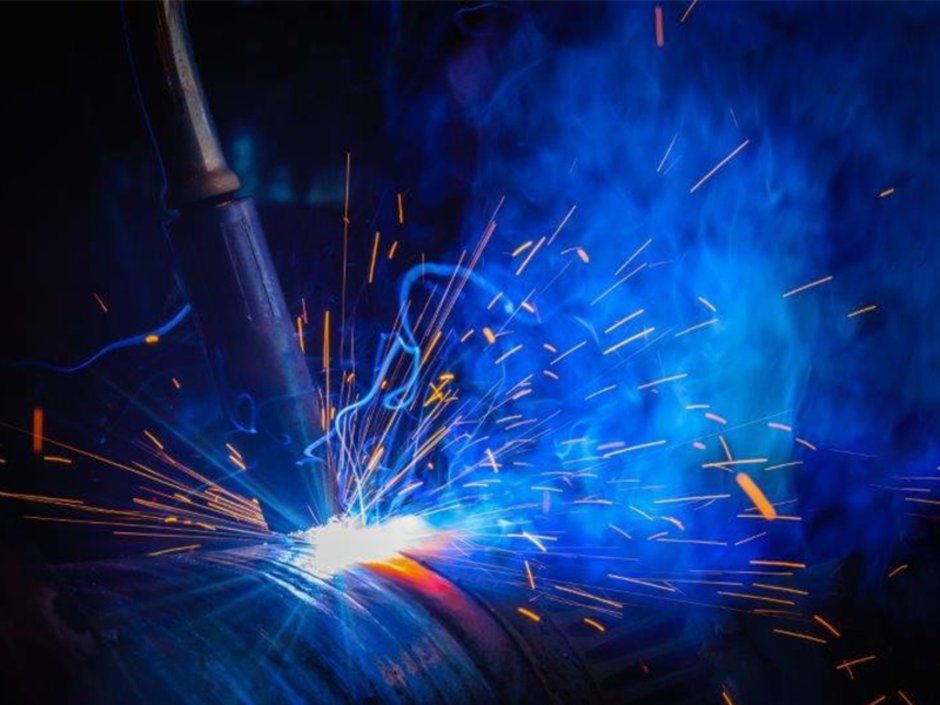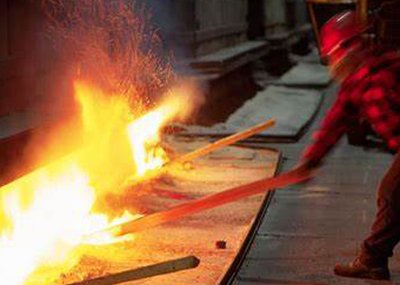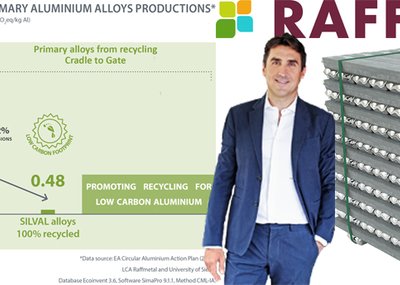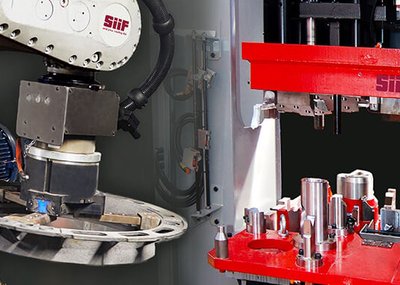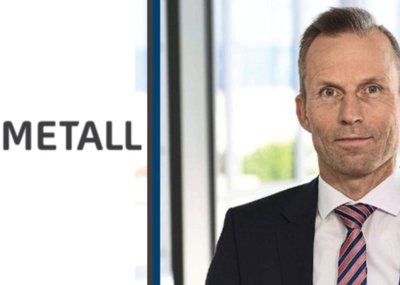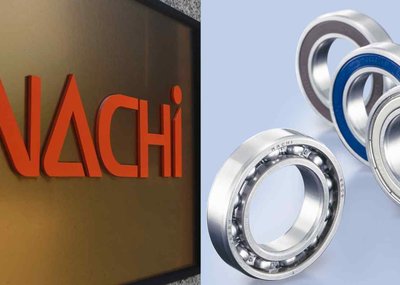Argus spoke with David Weiss, vice-president of research and development at US-based Eck Industries, a producer of premium aluminium castings, about why and how structural materials are evolving.
Edited highlights follow:
A passenger car has tens of thousands of parts and a commercial plane has millions. The materials used are constantly evolving, what is the most important factor for change?
Fuel efficiency — for the past 20, 30, 40 years it has been the same overriding factor for automotive and aerospace. In the 1960s and 1970s cars were produced with a lot of iron. They worked fine but they were heavy and when fuel prices rose they had to change. Weight is even more important in aerospace and they were the early adopters with planes made out of aluminium — but fuel prices had an impact there as well.
Now we have a new challenge, environmental footprint. The lighter you are, the less fuel you consume and therefore the less emissions you produce. For electric vehicles (EVs) there is a whole different problem — batteries are heavy. The weight of the total power pack in an EV is heavier than the engine of a gasoline or diesel car. All of this is adding more impetus to the push to reduce the weight of vehicles and find new materials.
How do changes to materials happen?
Imagine you are an engineer designer and the boss of your boss of your boss has said, "We need to take 500lbs out of this vehicle". That triggers a whole lot of meetings to find out which are the components where this could be easily done. And then you go through a narrowing down exercise to see which components would give you the most weight reduction versus the cost. A good example is when Ford decided to put aluminium truck beds on all their F150 pickup trucks. A truck bed is heavy so the decision to do that means that everywhere else can be made lighter. And once they begin working on the new design they may see shortfalls in the material they have chosen. First up they will look at common alloys to see if they would be suitable for the design. If those don't work they come to a person like me and say, make me an alloy. They could be asking for more strength at a certain temperature, slightly stiffer or stronger at room temperatures or whatever is needed.
I was at a meeting at an auto company recently where at a previous meeting they had laid out sticky post-it notes on the table showing how much weight we can save if we make this conversion and what the cost would be. Sometimes you can grab a material that costs no more or maybe swap a plastic for metal. You pick off the easy ones and work your way uphill. You are always looking for the least expensive way to save weight. Automakers will only go as far as they need to, which is why the corporate average fuel economy (CAFE) regulations set out by the government are so important. Working out the most economically effective way to reach CAFE requirements is a really complex undertaking. Cost and performance are the opposite sides of the coin.
What types of materials do cars use?
Steels and irons were the base material for a long time and there are hundreds of different variations. As other materials have come calling to the auto industry they have got much better. There are now ultra-high strength steels that allow you to make steels much thinner. And there is as much R&D in the steel space and the iron space as there is in other materials. The other dominant material is aluminium. It's been in commercial applications for 125 years and some of the very earliest applications for aluminium were in automobiles. Aluminium is still a growing player and people like me continue to work on developing new alloys.
The other one that is coming along but is more widely used in aerospace is titanium. Titanium is stronger than steels or aluminium but it is also much more expensive. It is growing more slowly but is being used more in parts that are subject to fatigue like connecting rods. The other material that has been coming on is carbon composites. Composites are lighter and have some of the properties that a lot of applications need. But they are very expensive to manufacture. A lot of work continues to be done to reduce the manufacturing cost.
Magnesium is a good story. We have worked with it for a number of years. It has about two-thirds of the weight of aluminium and many of the alloys are nearly as strong. But the metal is a lot more expensive and there are some lingering concerns about the safety of the manufacturing process itself rather than the magnesium in the final vehicle. It's most widely produced in high-pressure die casting, things like lift gates or instrument panels.
Is it a race between materials?
There isn't going to be a really clear winner or loser. We believe we are in a race with each other but it is a matter of degree. You want to grab as many applications as your can. Everyone is trying to grow their market share through their own innovations and cost reductions. One of the buzz-words in automotive is multi-material structures. To use each material most effectively you have to be very aware of what you are attaching it to or you can get unwanted interactions. I am absolutely neutral on the entire periodic table. The periodic table is the toolbox.
Scandium is another important tool that can be used to produce better alloys, particularly, better aluminium alloys. There is a lot of work going on now which I am very happy about. Rio Tinto really brings their reputation to scandium and the supply base is now seen as reliable. There are definite applications that are going to take huge advantage, probably initially in aerospace with satellites as an example. One potential area is what we call the techno-economic gap between titanium and aluminium. Let's say that you need light weight or better high-temperature performance and a material that is just 10pc stronger than the best aluminium alloy can be. If you cannot redesign the part, you may be forced into using titanium, which is considerably more expensive. In that case you may pay 10 times as much for only a 10pc improvement. Scandium is a material could help close that gap.
Can a vehicle be too light?
Not really but there are specific applications where it can be a problem. An example of this is the transition from rear wheel drive to front wheel drive cars. If you make the rear of the car too light it will fishtail on you, so that was one case where we were doing a conversion and could not use a lighter material. There are specific types of vehicles like earth movers and tractors where you cannot make them light because you are trying to lift things. But in general, if you meet the mechanical requirements of what is required you cannot be too light.
There is also a secondary benefit that less emphasis is put on — performance. When you reduce the weight of a vehicle it becomes more agile, the performance improves. There are areas where that is critical, like in the auto racing industry, which are early adopters and highly creative when it comes to trying out new materials, and in the defence sector.
Tell us about the early adopters?
If you look at it as a risk curve then really out there in front is automobile racing. If they see a good idea they will snap it up and start experimenting. They can cope with a steep learning curve and expect things to break. If your race car breaks down you can just stop and fix it and learn from that. Better performance translates into money and they can test and accept a new material in just a year.
The defence sector is somewhere in the middle of the risk spectrum. Nothing is ever good enough and they are always looking out for new materials. It is really interesting work. Their guiding light is improving survivability. New ideas from the metallurgical industry flow more seamlessly into the defence industry. They want to hear about everything that is happening. They want soldiers better protected and they want better mobility and that goes beyond just commercial considerations. Their view is we need to be the best. This creates a lot of space for innovation.
When a new high-strength aluminium-copper alloy first emerged in the 1970s we worked with the US Army Tank Automotive Command for six years to develop the techniques needed to produce complex structural castings and solve all the problems that had made it difficult to work with and prone to defects if handled incorrectly. That A206 alloy saw widespread adoption in the Bradley Fighting Vehicle in the 1980s, and is now widely used for applications such as gearboxes and suspension components. And we remain the preeminent producer of castings in that alloy.
Since 2015 we have been working with the US National Labs and commercial customers on an aluminium cerium alloy programme. The programme is supported by the US Critical Materials Institute of the Department of Energy. These alloys have very good properties at elevated temperatures and superb corrosion performance. These alloys are used in hydropower, pumps, turbochargers and cylinder heads. They have been sold commercially for the past two years and are in constant development.
Have you ever said 'no that's impossible'?
Nope, it's just a matter of how much time and resources you have.

